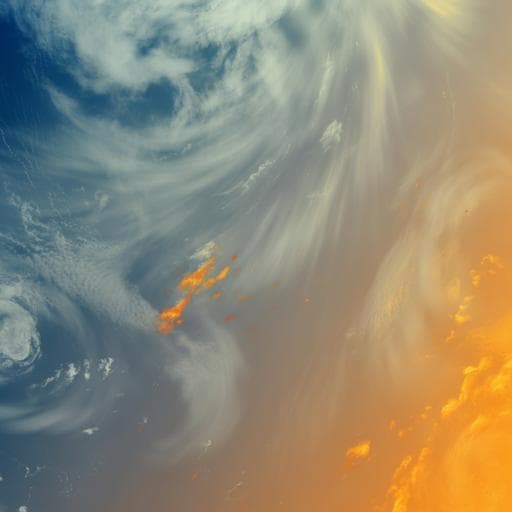
Earth Sciences
Aerosol effects during heat waves in summer 2022 and responses to emission change over China
M. Liang, Z. Han, et al.
This study, conducted by Mingjie Liang, Zhiwei Han, Jiawei Li, Yue Li, and Lin Liang, uncovers the intriguing role of aerosols during the heatwaves in eastern China. It reveals how aerosols not only cool the surface temperature but also affect PM2.5 levels, emphasizing the complex relationship between human activity and climate dynamics.
~3 min • Beginner • English
Related Publications
Explore these studies to deepen your understanding of the subject.







